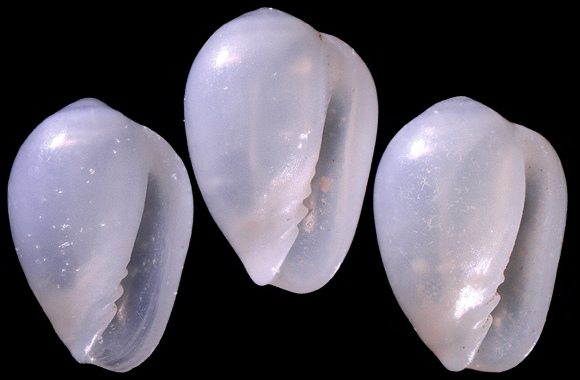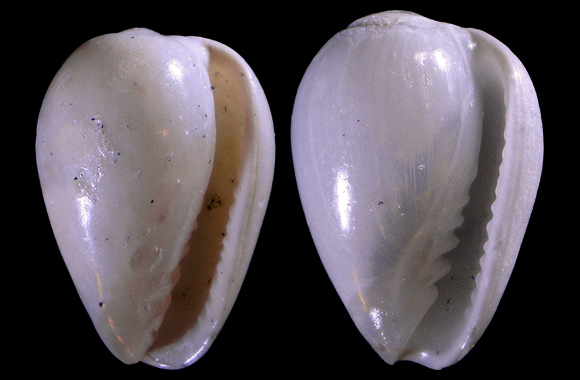(Locard & Caziot, 1900)
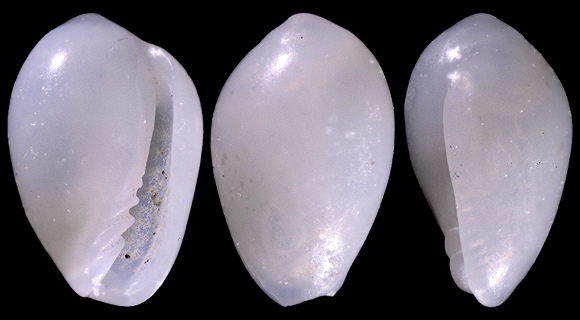
Predator in the infralittoral down to bathyal depths.
Basionym: Marginella turgidula.
Shallow water, in grit, near the jetty at Buġibba, northwestern coast of Malta. 2,5mm. The abapical columellar folds are much more pronounced than in philippii.
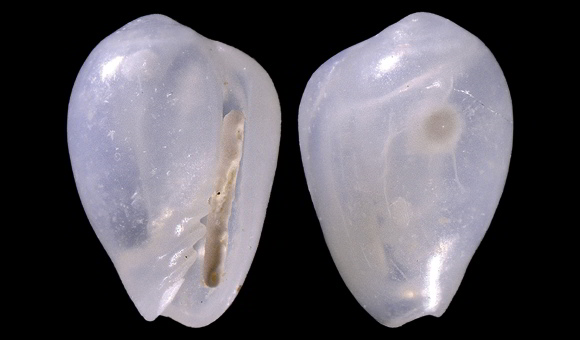
« Shell of very small size, of a piriform shape, slightly elongated; very short spire, of 3 to 3½ barely distinct whorls; suture null; last whorl rounded at the top, then almost straight near the bottom; aperture very narrow, not exceeding the upper level of the penultimate whorl; labrum very finely pleated; two prominent folds at the base of the columella, surmounted by two very slight denticulations. As the Marquis de Monterosato did not give a complete description of this little shell, we felt we should describe it here, according to the very types from his collection. » – Locard & Caziot: “Les coquilles marines des côtes de Corse”, Annales de la Société Linnéenne de Lyon new series vol. XLVI, Lyon 1900, p.225. –Same spot. 2,2mm.
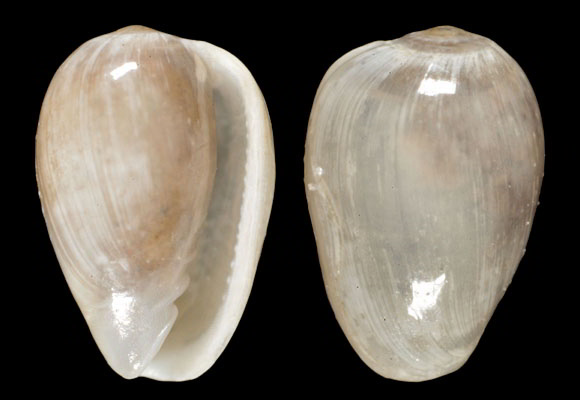
« If we compare this species to the Marginella Philippii, we see that it differs from it immediately: by its curve much less stocky; by its smaller size; by the appearance of its aperture; by its lower spire topping a last whorl less large in the summit, etc. Close to Marginella clandestina, it differs from it: by its greater size; by its curve much less short and less stocky; by its last whorl less rounded in the top; by its lower aperture, not exceeding the height of the last whorl; by his apertural folds less marked, etc. Finally, compared with the Marginella occulta, the Marginella turgidula will be recognized: by its curve less ovoid, less elongated; by its shorter spire; by its much lower aperture, etc. » – Ibid.
Lectotype MNHN-IM-2000-1198 in the Muséum National d’Histoire Naturelle de Paris (France), collection Locard. Palermo, Sicilia – (CC BY).
